Shankar Krishnan
age ~55
from Cupertino, CA
- Also known as:
-
- Shanka Krishnan
- Subramanian G Krishnamurthy
- Krishnan Shankar
- Phone and address:
- 10923 Canyon Vista Dr, Cupertino, CA 95014
Shankar Krishnan Phones & Addresses
- 10923 Canyon Vista Dr, Cupertino, CA 95014
- Mountain View, CA
- 25 Hickory Pl #E1, Chatham, NJ 07928 • 9736600336
- Florham Park, NJ
- Pine Brook, NJ
- Morgan, NJ
- Chapel Hill, NC
- Carrboro, NC
- Fort Wayne, IN
Resumes

Senior Director And Distinguished Member Of Technical Staff
view sourceLocation:
10723 Pebble Pl, Cupertino, CA 95014
Industry:
Semiconductors
Work:
Kla-Tencor
Senior Director and Distinguished Member of Technical Staff
Kla-Tencor Sep 2012 - Feb 2019
Senior Director of Engineering
Kla-Tencor Jan 2005 - Sep 2012
Director of Engineering
Kla-Tencor Jan 2001 - Jan 2005
Senior Manager, Systems Design
Containerless Research Jan 1993 - May 2001
Director and Principal Scientist Co-Founder
Senior Director and Distinguished Member of Technical Staff
Kla-Tencor Sep 2012 - Feb 2019
Senior Director of Engineering
Kla-Tencor Jan 2005 - Sep 2012
Director of Engineering
Kla-Tencor Jan 2001 - Jan 2005
Senior Manager, Systems Design
Containerless Research Jan 1993 - May 2001
Director and Principal Scientist Co-Founder
Education:
Rice University 1984 - 2021
Doctorates, Doctor of Philosophy, Materials Science, Engineering, Philosophy Indian Institute of Technology, Madras 1979 - 1984
Rishi Valley School
Doctorates, Doctor of Philosophy, Materials Science, Engineering, Philosophy Indian Institute of Technology, Madras 1979 - 1984
Rishi Valley School
Skills:
Optics
Semiconductors
Product Development
Metrology
Thin Films
Systems Engineering
Semiconductor Industry
Engineering Management
Engineering
Design of Experiments
Management
Failure Analysis
Materials
Cross Functional Team Leadership
Characterization
R&D
Aerospace
Entrepreneurship
Patents
System Design
Systems Design
Research and Development
Sensors
Electronics
Simulations
Liquids and Laser Heating
Semiconductors
Product Development
Metrology
Thin Films
Systems Engineering
Semiconductor Industry
Engineering Management
Engineering
Design of Experiments
Management
Failure Analysis
Materials
Cross Functional Team Leadership
Characterization
R&D
Aerospace
Entrepreneurship
Patents
System Design
Systems Design
Research and Development
Sensors
Electronics
Simulations
Liquids and Laser Heating
Interests:
Boating
Cooking
Exercise
Electronics
Outdoors
Home Improvement
Reading
Crafts
Gourmet Cooking
Sports
Home Decoration
Cooking
Exercise
Electronics
Outdoors
Home Improvement
Reading
Crafts
Gourmet Cooking
Sports
Home Decoration
Languages:
English

Research Scientist
view sourceLocation:
10923 Canyon Vista Dr, Cupertino, CA 95014
Industry:
Information Technology And Services
Work:
Google
Research Scientist
At&T 1997 - Jan 2014
Principal Technical Staff Member
Research Scientist
At&T 1997 - Jan 2014
Principal Technical Staff Member
Education:
University of North Carolina at Chapel Hill 1991 - 1997
University of North Carolina at Chapel Hill
Master of Science, Doctorates, Masters, Doctor of Philosophy, Computer Science
University of North Carolina at Chapel Hill
Master of Science, Doctorates, Masters, Doctor of Philosophy, Computer Science
Skills:
Perl
Signal Processing
Distributed Systems
Python
C++
Linux
Data Mining
Software Engineering
Machine Learning
Unix
Algorithms
C
Software Development
Signal Processing
Distributed Systems
Python
C++
Linux
Data Mining
Software Engineering
Machine Learning
Unix
Algorithms
C
Software Development
Languages:
English

Shankar Krishnan
view sourceUs Patents
-
Substrate Thickness Determination
view source -
US Patent:6710890, Mar 23, 2004
-
Filed:Feb 26, 2003
-
Appl. No.:10/375554
-
Inventors:Shankar Krishnan - Santa Clara CA
Christopher M. Pohlhammer - San Ramon CA
Michael P. Green - Palo Alto CA -
Assignee:KLA-Tencor Technologies Corporation - Milpitas CA
-
International Classification:G01B 1106
-
US Classification:356630, 25055928
-
Abstract:An apparatus for measuring a thickness of a substrate having an upper surface, without contacting the upper surface of the substrate. A platen having a base surface receives the substrate, and a reference surface is disposed at a known first height from the platen surface. A non contact sensor senses the known first height of the reference surface without making physical contact with the reference surface. The non contact sensor further senses a relative difference between the known first height of the reference surface and a second height of the upper surface of the substrate without making physical contact with the upper surface of the substrate. A controller controls the sensor and determines the thickness of the substrate based at least in part on the known first height of the reference surface and the relative difference between the known first height of the reference surface and the second height of the upper surface of the substrate.
-
Map Simplification System
view source -
US Patent:6812925, Nov 2, 2004
-
Filed:Oct 30, 2001
-
Appl. No.:10/021645
-
Inventors:Shankar Krishnan - Chatham NJ
Suresh Venkatasubramanian - Morristown NJ
Nabil Mustafa - Durham NC -
Assignee:ATT Corp. - New York NY
-
International Classification:G06T 1530
-
US Classification:345423, 345428
-
Abstract:A map simplification system performs dynamic view dependent simplification of relatively large geographic maps.
-
Concurrent Measurement And Cleaning Of Thin Films On Silicon-On-Insulator (Soi)
view source -
US Patent:7006222, Feb 28, 2006
-
Filed:Jan 8, 2003
-
Appl. No.:10/339518
-
Inventors:Shankar Krishnan - Santa Clara CA, US
-
Assignee:KLA-Tencor Technologies Corporation - Milpitas CA
-
International Classification:G01J 4/00
-
US Classification:356369, 356445
-
Abstract:A system for performing single wavelength ellipsometry (SWE) on a thin film on a multi-layer substrate such as silicon-on-insulator (SOI) applies a measurement beam having an absorption distance less than the thickness of the superficial layer of the multi-layer substrate. For example, for an SOI substrate, the measurement beam is selected to have a wavelength that results in an absorption distance that is less than the superficial silicon layer thickness. The system can include a cleaning laser to provide concurrent cleaning to enhance measurement accuracy without negatively impacting throughput. The measurement beam source can be configured to provide a measurement beam at one wavelength and a cleaning beam at a longer wavelength, so that the absorption depth of the measurement beam is less than the superficial layer thickness while the absorption depth of the cleaning beam is greater than the superficial layer thickness.
-
Process And Apparatus For Integrating Sheet Resistance Measurements And Reflectance Measurements Of A Thin Film In A Common Apparatus
view source -
US Patent:7050160, May 23, 2006
-
Filed:Apr 3, 2003
-
Appl. No.:10/407669
-
Inventors:Walter H. Johnson - San Jose CA, US
Jagadish Kalyanam - San Jose CA, US
Shankar Krishnan - Santa Clara CA, US
Murali K. Narasimhan - San Jose CA, US -
Assignee:KLA-Tencor Technologies Corporation - Milpitas CA
-
International Classification:G01N 21/00
-
US Classification:356 73, 356630
-
Abstract:A process for measuring both the reflectance and sheet resistance of a thin film, such as a metal film or a doped semiconductor, in a common apparatus comprises: directing a beam of radiation from a radiation source on the common apparatus onto a portion of the surface of the thin film, sensing the amount of radiation reflected from the surface of the thin film, and contacting the surface of the thin film with a sheet resistance measurement apparatus on the apparatus at a portion of the surface of the thin film coincident with or adjacent to the portion of the thin film contacted by the radiation beam to measure the sheet resistance of the thin film. The sheet resistance measurement apparatus may, by way of example, comprise a 4 point probe or an eddy current measurement apparatus. The respective measurements may be carried out either simultaneously or sequentially. By deriving the resistivity of the thin film from the measured reflectance at any particular region of the thin film surface, the thickness of the thin film, at that region of the film, may be obtained by dividing the derived resistivity by the measured sheet resistance for that same region.
-
Systems And Methods For Measuring Stress In A Specimen
view source -
US Patent:7274440, Sep 25, 2007
-
Filed:Sep 8, 2004
-
Appl. No.:10/936019
-
Inventors:Gary Janik - Palo Alto CA, US
Shankar Krishnan - Santa Clara CA, US -
Assignee:KLA-Tencor Technologies Corp. - Milpitas CA
-
International Classification:G01B 11/16
G01J 4/00 -
US Classification:356 34, 356 33, 356365
-
Abstract:Systems and methods for measuring stress in a specimen are provided. One system includes an optical subsystem configured to measure stress-induced birefringence in patterned structures formed on the specimen. In some embodiments, the optical subsystem may be configured as a spectroscopic ellipsometer, a multi-angle laser ellipsometer, a polarimeter, a polarized reflectometer, or some combination thereof. The system also includes a processor coupled to the optical subsystem. The processor is configured to determine stress in a material of the patterned structures using the stress-induced birefringence measurements. One method includes measuring stress-induced birefringence in patterned structures formed on the specimen using an optical technique. The method also includes determining stress in a material of the patterned structures using the stress-induced birefringence measurements.
-
Measurement Systems Configured To Perform Measurements Of A Specimen And Illumination Subsystems Configured To Provide Illumination For A Measurement System
view source -
US Patent:7408641, Aug 5, 2008
-
Filed:Feb 14, 2005
-
Appl. No.:11/058153
-
Inventors:Hidong Kwak - San Jose CA, US
Shankar Krishnan - Santa Clara CA, US
Shing Lee - Fremont CA, US
Haixing Zou - Sunnyvale CA, US -
Assignee:KLA-Tencor Technologies Corp. - Milpitas CA
-
International Classification:G01J 4/00
-
US Classification:356369
-
Abstract:An illumination subsystem configured to provide illumination for a measurement system includes first and second light sources configured to generate light for measurements in different wavelength regimes. The illumination subsystem also includes a TIR prism configured to be moved into and out of an optical path from the first and second light sources to the measurement system. If the TIR prism is positioned out of the optical path, light from only the first light source is directed along the optical path. If the TIR prism is positioned in the optical path, light from only the second light source is directed along the optical path. Various measurement systems are also provided. One measurement system includes an optical subsystem configured to perform measurements of a specimen using light in different wavelength regimes directed along a common optical path. The different wavelength regimes include vacuum ultraviolet, ultraviolet, visible, and near infrared wavelength regimes.
-
Ellipsometry Measurement And Analysis
view source -
US Patent:7453562, Nov 18, 2008
-
Filed:Sep 28, 2007
-
Appl. No.:11/863334
-
Inventors:Torsten R. Kaack - Los Altos CA, US
Shankar Krishnan - Santa Clara CA, US
Fabio A. Faccini - San Jose CA, US -
Assignee:KLA-Tencor Corporation - San Jose CA
-
International Classification:G01N 21/00
-
US Classification:3562372
-
Abstract:A method of performing a measurement of properties of a sample, by directing a first beam of light at the sample, where a combination of the wavelength, energy, and length of time is sufficient to cause temporary damage to the sample. The first beam is reflected from the sample. The properties of the reflected beam are sensed to create a signal. A length of time is waited, sufficient for the damage to substantially heal, before a second beam of light is directed at the sample, where a combination of the wavelength, energy, and length of time is sufficient to cause temporary damage to the sample. The second beam is reflected from the sample. The properties of the reflected beam are sensed to create a signal. The first and second electrical signals are analyzed to determine the properties of the sample.
-
Purge Gas Flow Control For High-Precision Film Measurements Using Ellipsometry And Reflectometry
view source -
US Patent:7755764, Jul 13, 2010
-
Filed:Jan 24, 2008
-
Appl. No.:12/019592
-
Inventors:Hidong Kwak - San Jose CA, US
Shankar Krishnan - Santa Clara CA, US -
Assignee:KLA-Tencor Corporation - San Jose CA
-
International Classification:G01N 21/55
-
US Classification:356445, 356630, 356600, 356369, 250372, 250373, 25055932
-
Abstract:An optical method and system for measuring characteristics of a sample using a broadband metrology tool in a purge gas flow environment are disclosed. In the method a beam path for the metrology tool is purged with purge gas at a first flow rate. A surface of the sample is illuminated by a beam of source radiation having at least one wavelength component in a vacuum ultraviolet (VUV) range and/or at least one wavelength component in an ultraviolet-visible (UV-Vis) range. A flow rate of a purge gas is adjusted between the first flow rate for metrology measurements made when the source radiation is in the VUV spectral region and a second flow rate for metrology measurements made when the source radiation is in the UV-Vis spectral region. The system includes a light source, illumination optics, collection optics, detector, a purge gas source and a controller. The purge gas source is configured to supply a flow of purge gas to a beam path in the light source and/or illumination optics and/or sample and/or collection optics and/or detector.
Isbn (Books And Publications)

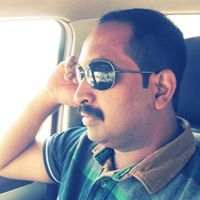
Krishnan Shankar
view source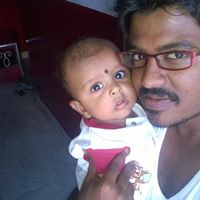
Shankar Hari Krishnan
view source
Shankar Krishnan
view source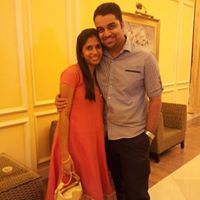
Shankar Krishnan
view source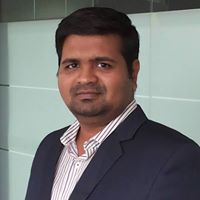
Shankar Krishnan
view source
Shankar Krishnan
view source
Shankar Krishnan
view source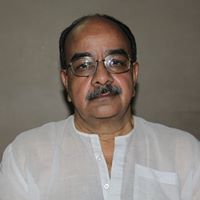
Shankar Krishnan
view sourceFlickr
Googleplus
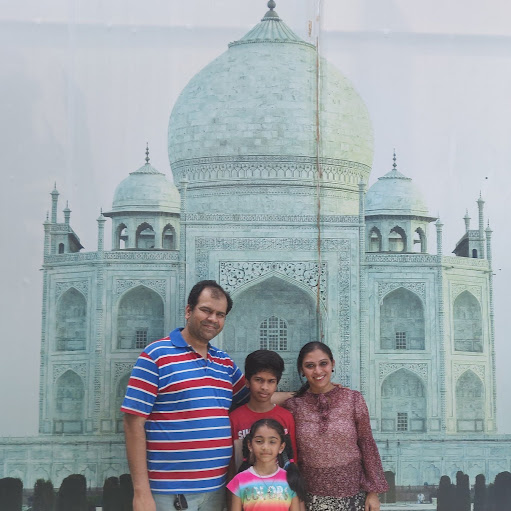
Shankar Krishnan
Work:
Tata Consultancy Services - Manager (2008)
Zenta Knowledge Services - Manager (2007-2008)
Infosys - Asst. Manager (2005-2007)
Wipro Technologies - Team Leader (2003-2005)
Allsec Technologies - Associate (2001-2003)
Zenta Knowledge Services - Manager (2007-2008)
Infosys - Asst. Manager (2005-2007)
Wipro Technologies - Team Leader (2003-2005)
Allsec Technologies - Associate (2001-2003)
Education:
University of Madras - Mathematics

Shankar Krishnan
Work:
GE Capital - BI Project Manager (2011)
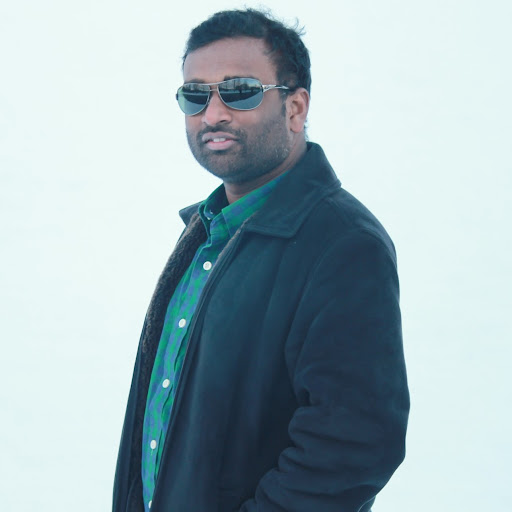
Shankar Krishnan

Shankar Krishnan
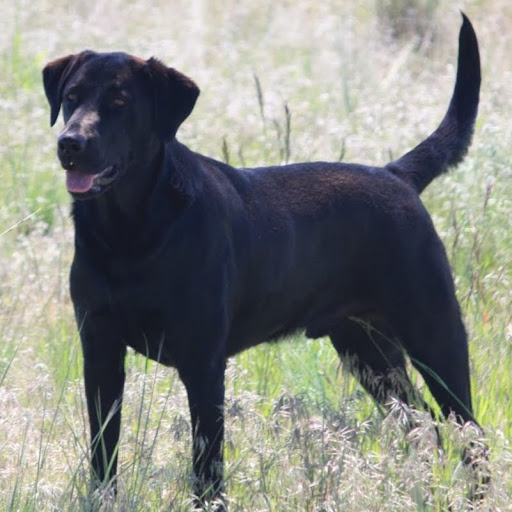
Shankar Krishnan
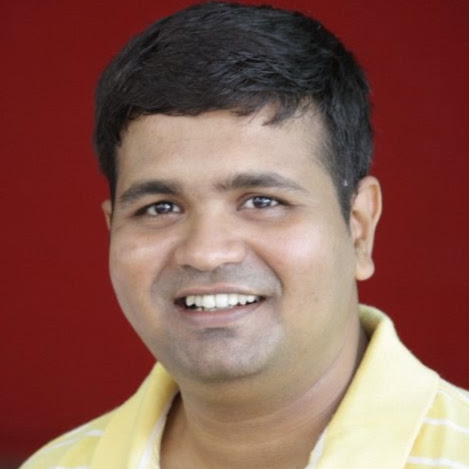
Shankar Krishnan

Shankar Krishnan

Shankar Krishnan
Plaxo

Shankar Krishnan
view sourceKLA Tencor

Shankar Krishnan
view sourceMumbai, India
Youtube
Get Report for Shankar Krishnan from Cupertino, CA, age ~55













